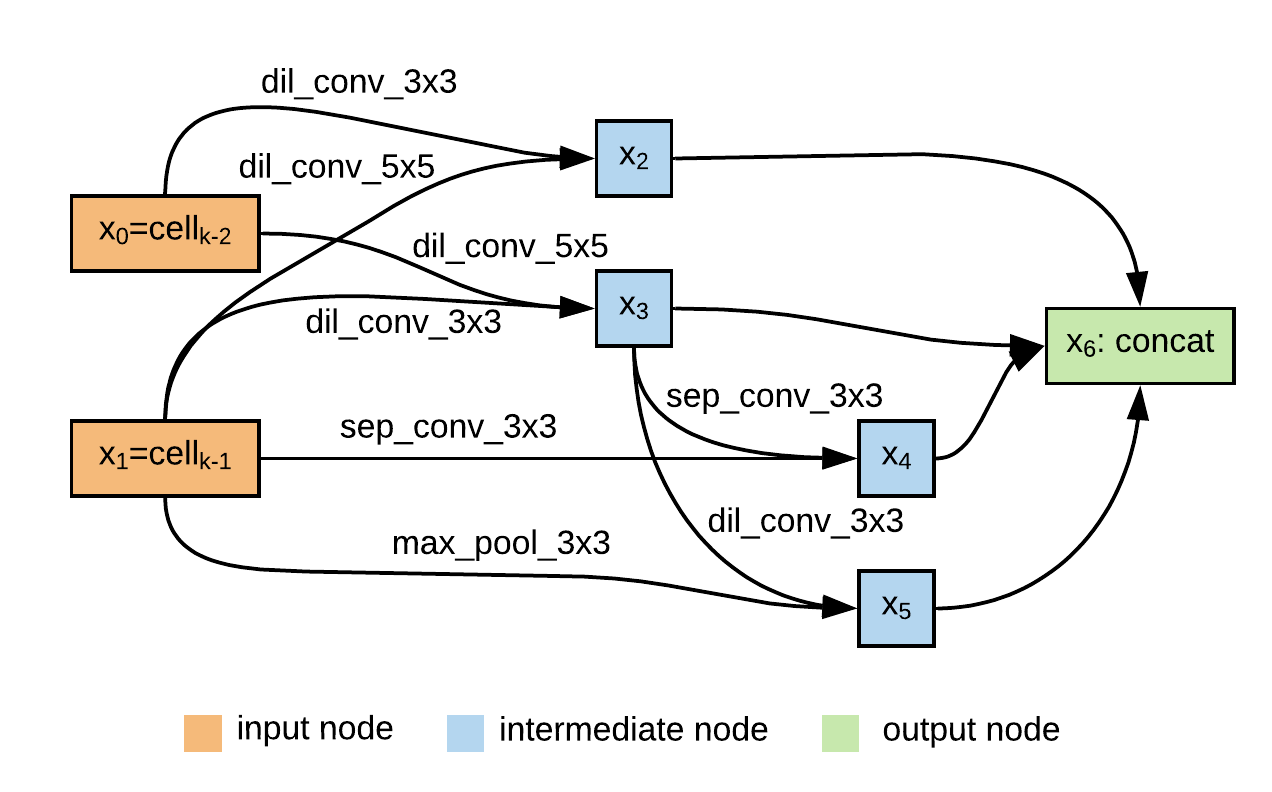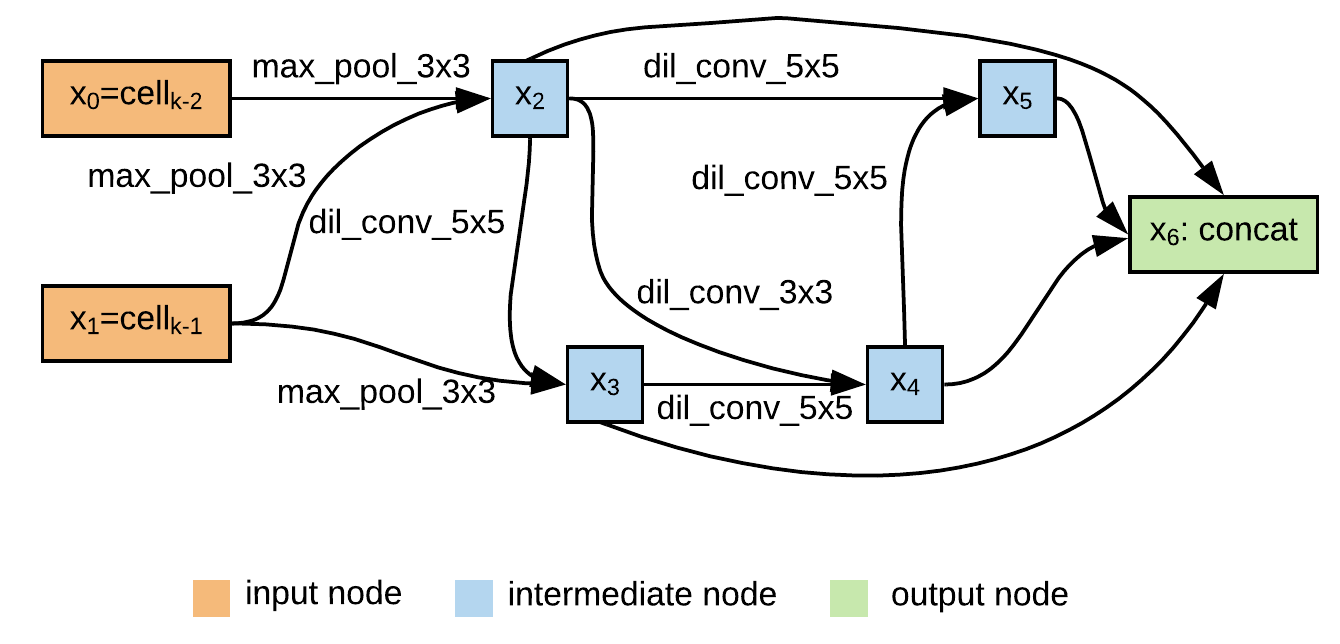Code for this paper AutoSpeech: Neural Architecture Search for Speaker Recognition
Shaojin Ding*, Tianlong Chen*, Xinyu Gong, Weiwei Zha, Zhangyang Wang
Speaker recognition systems based on Convolutional Neural Networks (CNNs) are often built with off-the-shelf backbones such as VGG-Net or ResNet. However, these backbones were originally proposed for image classification, and therefore may not be naturally fit for speaker recognition. Due to the prohibitive complexity of manually exploring the design space, we propose the first neural architecture search approach approach for the speaker recognition tasks, named as AutoSpeech. Our evaluation results on VoxCeleb1 demonstrate that the derived CNN architectures from the proposed approach significantly outperform current speaker recognition systems based on VGG-M, ResNet-18, and ResNet-34 back-bones, while enjoying lower model complexity.
Our proposed approach outperforms speaker recognition systems based on VGG-M, ResNet-18, and ResNet-34 backbones. The detailed comparison can be found in our paper.
| Method | Top-1 | EER | Parameters |
|---|---|---|---|
| VGG-M | 80.50 | 10.2 | 67M |
| ResNet-18 | 79.48 | 8.17 | 12M |
| ResNet-34 | 81.34 | 4.64 | 22M |
| Proposed | 87.66 | 1.45 | 18M |
left: normal cell. right: reduction cell
-
Python 3.7
-
Pytorch>=1.0:
pip install torch torchvision -
Other dependencies:
pip install -r requirements
VoxCeleb1: You will need DevA-DevD and Test parts. Additionally, you will need original files: vox1_meta.csv, iden_split.txt, and veri_test.txt from official website.
The data should be organized as:
- VoxCeleb1
- wav
- vox1_meta.csv
- iden_split.txt
- veri_test.txt
-
data preprocess:
python data_preprocess.py /path/to/VoxCeleb1 -
Training and evaluating ResNet-18, ResNet-34 baselines:
python train_baseline.py --cfg exps/baseline/resnet18.yamlpython train_baseline.py --cfg exps/baseline/resnet34.yamlYou need to modify the
DATA_DIRfield in.yamlfile. -
Architecture search:
python search.py --cfg exps/search.yamlYou need to modify the
DATA_DIRfield in.yamlfile. -
Training from scratch:
python train.py --cfg exps/scratch/scratch.yaml --text_arch GENOTYPEYou need to modify the
DATA_DIRfield in.yamlfile.GENOTYPEis the search architecture object. For example, theGENOTYPEof the architecture report in the paper is:"Genotype(normal=[('dil_conv_5x5', 1), ('dil_conv_3x3', 0), ('dil_conv_5x5', 0), ('sep_conv_3x3', 1), ('sep_conv_3x3', 1), ('sep_conv_3x3', 2), ('dil_conv_3x3', 2), ('max_pool_3x3', 1)], normal_concat=range(2, 6), reduce=[('max_pool_3x3', 1), ('max_pool_3x3', 0), ('dil_conv_5x5', 2), ('max_pool_3x3', 1), ('dil_conv_5x5', 3), ('dil_conv_3x3', 2), ('dil_conv_5x5', 4), ('dil_conv_5x5', 2)], reduce_concat=range(2, 6))" -
Evaluation:
-
Identification
python evaluate_identification.py --cfg exps/scratch/scratch.yaml --load_path /path/to/the/trained/model -
Verification
python evaluate_verification.py --cfg exps/scratch/scratch.yaml --load_path /path/to/the/trained/model
-
If you use this code for your research, please cite our paper.
@misc{ding2020autospeech,
title={AutoSpeech: Neural Architecture Search for Speaker Recognition},
author={Shaojin Ding and Tianlong Chen and Xinyu Gong and Weiwei Zha and Zhangyang Wang},
year={2020},
eprint={2005.03215},
archivePrefix={arXiv},
primaryClass={eess.AS}
}
Part of the codes are adapted from deep-speaker and Real-Time-Voice-Cloning.

